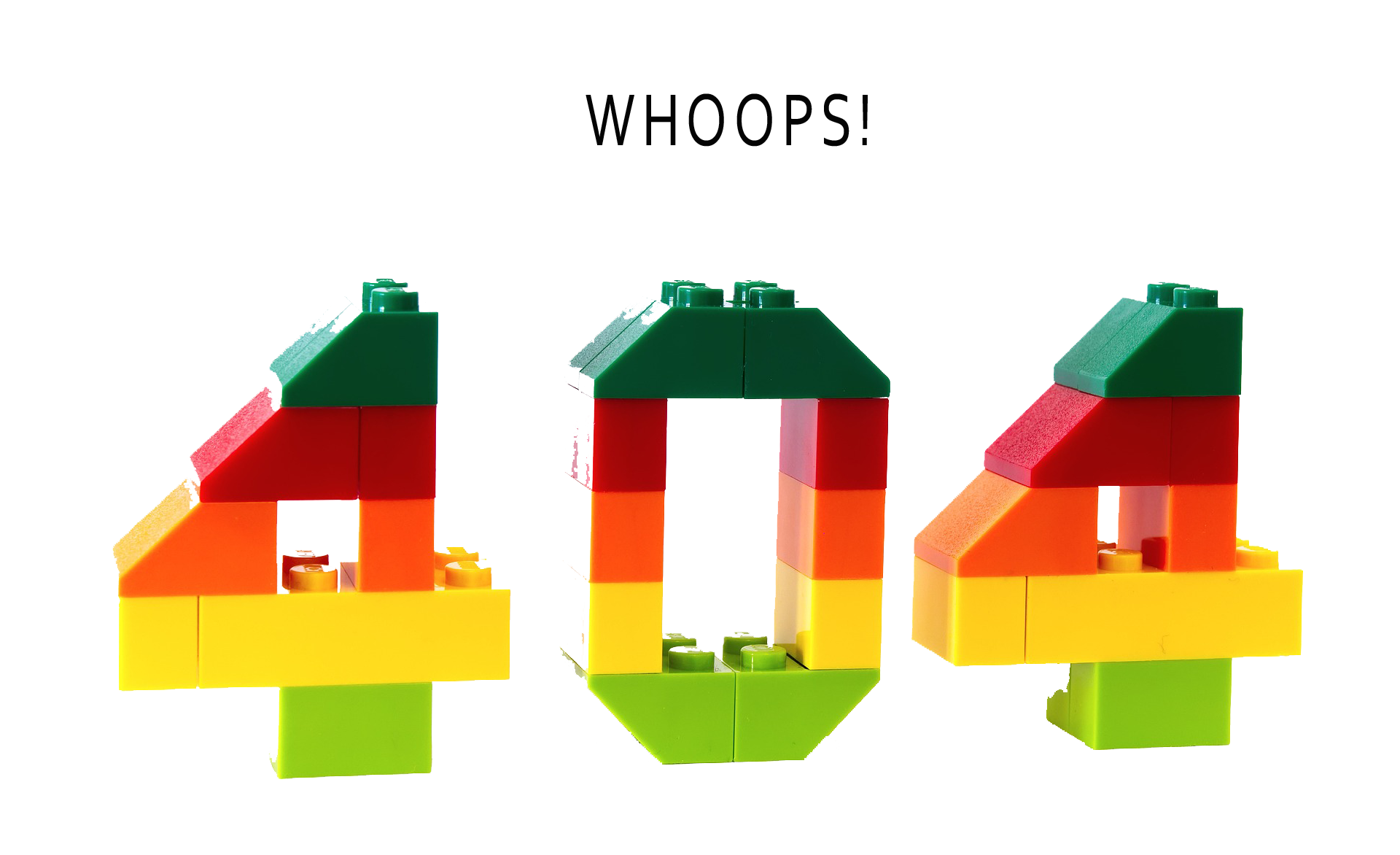Unlocking the Power of HTTP Status Codes for Top SEO Rankings
In the world of SEO, understanding the intricacies of HTTP status codes is crucial. These codes may seem like cryptic symbols, but they play a pivotal role in determining how search engines perceive your website. In this comprehensive guide, we'll delve into HTTP status codes, demystify their meanings, and explore their impact on your website's search engine rankings.
What Are HTTP Status Codes?
HTTP, which stands for Hypertext Transfer Protocol, is the foundation of data communication on the World Wide Web. When a user clicks a link, their web browser sends an HTTP request to the server hosting the requested website. In response, the server sends back an HTTP status code, which indicates the outcome of the request.
Understanding these status codes is essential because they provide valuable information about your website's accessibility and overall health. Below, you'll find 10 Most Common HTTP Status Codes and their SEO implications:
1. HTTP 200 - OK
The HTTP 200 status code indicates a successful request. When a user accesses a webpage on your site, receiving this code means that the server has fulfilled their request, and the page has loaded correctly. From an SEO perspective, this is the ideal response, as it signifies a smooth user experience.
2. HTTP 201 - Created
The HTTP 201 status code is used when a new resource has been successfully created on the server. While it may not be as common as the 200 code, it's important for certain web applications. This status indicates a successful creation, which can be significant in certain SEO contexts.
3. HTTP 301 - Moved Permanently
The HTTP 301 status code is a redirection response. It indicates that the requested page has permanently moved to a new location. From an SEO standpoint, this code is vital when you change URLs or move content. Implementing 301 redirects ensures that search engines recognize the new location of your content, preserving your SEO value.
4. HTTP 302 - Found
The HTTP 302 status code is also a redirection response, but it indicates a temporary move. Unlike the 301 code, which implies a permanent relocation, the 302 code suggests that the move is temporary, and the original URL may still be used in the future.
5. HTTP 304 - Not Modified
The HTTP 304 status code is all about efficiency. It tells the browser that the requested resource hasn't been modified since the last request. This means the browser can use its cached version, reducing the load on the server and improving page load times.
6. HTTP 400 - Bad Request
The HTTP 400 status code indicates that the server cannot or will not process the request due to a client error. This can happen when there's a problem with the request itself. Resolving such issues is essential for good user experience and SEO.
7. HTTP 401 - Unauthorized
The HTTP 401 status code signifies that the request has not been applied because it lacks valid authentication credentials. In other words, the user is not authorized to access the requested resource. This is important for security and user access control.
8. HTTP 403 - Forbidden
The HTTP 403 status code is similar to 401 but with a slight difference. In this case, the server understands the request, but it refuses to fulfill it due to certain restrictions. It's important for managing access to specific parts of a website.
9. HTTP 404 - Not Found
The HTTP 404 status code is perhaps one of the most well-known error codes. It signifies that the requested page does not exist on the server. For SEO, encountering too many 404 errors can negatively impact your website's ranking. Regularly monitoring and addressing these errors is essential for maintaining a healthy site.
10. HTTP 410 - Gone
The HTTP 410 status code is similar to 404, but it indicates that the requested resource used to exist but has been intentionally removed, and there's no forwarding address. It's essential for managing outdated or deleted content.
11. HTTP 500 - Internal Server Error
The HTTP 500 status code signals a generic error message from the server. It indicates that something unexpected went wrong on the server's side. While not ideal, it's crucial to handle such errors gracefully for user experience and SEO.
12. HTTP 503 - Service Unavailable
The HTTP 503 status code indicates that the server is temporarily unable to handle the request. This can happen during server maintenance or when the server is overloaded. While occasional 503 errors are common, chronic issues can deter search engine crawlers and affect your SEO efforts.
The SEO Implications
Now that we've covered a comprehensive list of HTTP status codes, let's discuss their SEO implications in more detail.
User Experience
A smooth user experience is a significant factor in SEO. When your website consistently returns HTTP 200 status codes, it signals to search engines that your content is readily accessible and reliable. This, in turn, positively impacts your search engine rankings.
Redirection Strategy
Efficiently using HTTP 301 and 302 redirects is crucial when restructuring your website. Properly implemented redirects ensure that your site's previous SEO value is transferred to the new location. Failing to use redirects can lead to broken links, lost traffic, and diminished search engine rankings.
Error Management
While some errors are inevitable, a proactive approach to error management is essential. Regularly monitoring and fixing HTTP 400, 401, 403, 404, 410, and 500 errors can help maintain your website's SEO health. Broken links and inaccessible pages can frustrate users and negatively affect your search engine rankings.
Conclusion
Mastering HTTP status codes is a fundamental aspect of SEO success. These codes provide insights into the health and accessibility of your website, influencing how search engines rank your content. By understanding their meanings and implications, you can take proactive steps to optimize your website for better SEO performance. So, pay close attention to HTTP status codes, and you'll be one step closer to outranking your competitors in the world of SEO.


